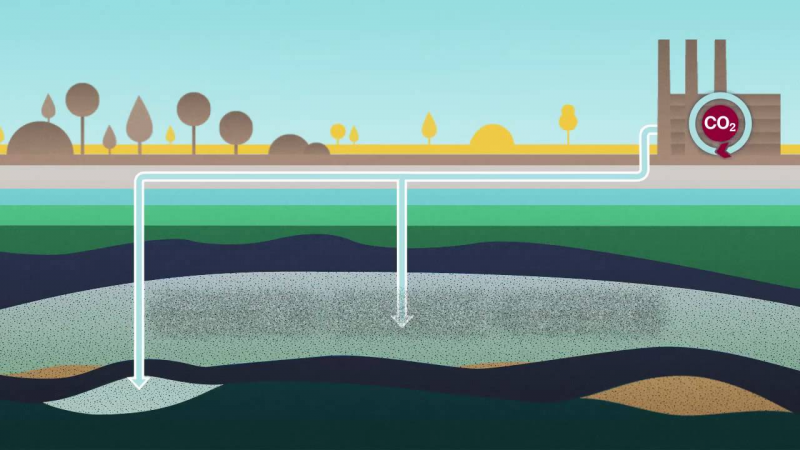Introduction:
The global climate crisis demands urgent action to mitigate the harmful effects of carbon dioxide (CO2) emissions on our planet. While transitioning to renewable energy sources is crucial, it alone may not be sufficient to meet the ambitious emission reduction targets. That's where Carbon Capture and Storage (CCS) comes into play. CCS is a cutting-edge technology that aims to capture CO2 emissions from various sources and store them safely to prevent their release into the atmosphere. In this blog post, we will delve into the concept of CCS and explore its potential as a solution for a sustainable future.
The Carbon Capture and Storage Market was valued at US$ 1.76 Bn in 2021 and is forecast to reach a value of US$ 4.3 Bn by 2030 at a CAGR of 10.6%between 2022 and 2030.
Capturing CO2:
The first step in the CCS process is the capture of CO2 emissions from industrial facilities, power plants, and other sources. There are three primary methods of capturing CO2: pre-combustion capture, post-combustion capture, and oxy-fuel combustion. Pre-combustion capture involves converting fossil fuels into a mixture of hydrogen and CO2 before combustion, with the CO2 then separated and stored. Post-combustion capture, on the other hand, captures CO2 from flue gases after the combustion process. Oxy-fuel combustion burns fossil fuels in pure oxygen, resulting in a concentrated CO2 stream that can be easily captured.
Storage and Utilization:
Once the CO2 is captured, the next step is to safely store it to prevent its release into the atmosphere. Geological storage is the most widely used method, where the captured CO2 is injected deep underground into suitable geological formations such as depleted oil and gas reservoirs or saline aquifers. These formations act as natural traps, securely storing the CO2 over extended periods, if not indefinitely. Another approach is carbon utilization, where the captured CO2 is transformed into valuable products such as building materials, chemicals, or fuels, creating a circular economy and reducing the need for fresh carbon emissions.
Environmental and Economic Benefits:
Carbon Capture and Storage offers several significant advantages. Firstly, it has the potential to reduce CO2 emissions from industrial sectors that are challenging to decarbonize, such as cement and steel production. By capturing and storing CO2, CCS can help achieve deep emission cuts and transition towards a low-carbon economy. Secondly, CCS can be retrofitted to existing power plants and industrial facilities, making it a viable option for reducing emissions from the current infrastructure. Thirdly, the stored CO2 can be used for enhanced oil recovery (EOR) in depleted oil fields, leading to increased oil production while simultaneously reducing emissions.
Challenges and Future Outlook:
Despite its promising potential, CCS still faces several challenges. One of the main concerns is the high cost of implementing and operating CCS infrastructure. Adequate funding and supportive policies are required to incentivize widespread adoption. Additionally, the public's acceptance and understanding of CCS technology need to be enhanced to address any concerns about potential leakage or environmental impacts.
Looking ahead, the development of advanced CCS technologies, such as direct air capture, which captures CO2 from ambient air, holds promise for further reducing emissions. Governments, industries, and research institutions must collaborate to accelerate the deployment of CCS, invest in research and development, and establish robust regulatory frameworks.
Carbon Capture and Storage technology represents a vital tool in the fight against climate change. It has the potential to significantly reduce CO2 emissions, particularly from hard-to-abate sectors, while also providing opportunities for economic growth and sustainable development. However, successful implementation will require concerted efforts from various stakeholders. By embracing CCS alongside renewable energy sources and other mitigation strategies, we can move closer to achieving a more sustainable future for ourselves and future generations.
